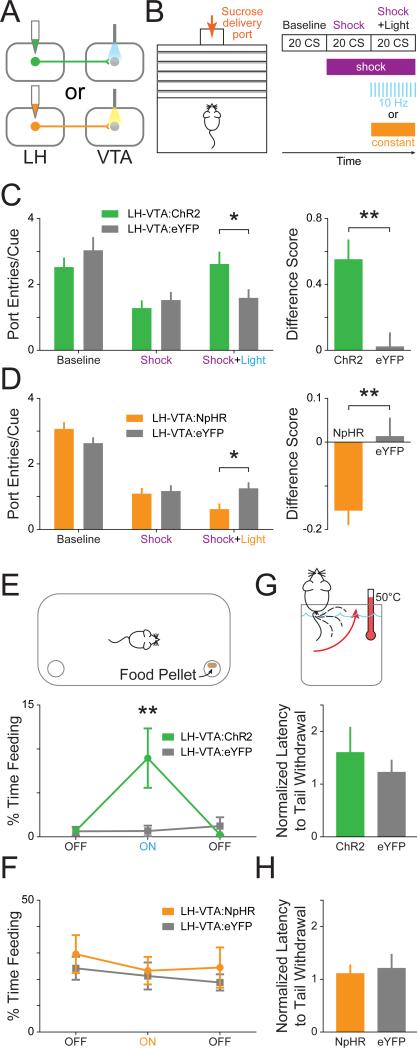Figure 5. Excitation of LH-VTA projections promotes, while inhibition attenuates, compulsive sucrose-seeking.
(A) Mice received injections of AAV5-CaMKIIα-ChR2-eYFP (n=8), AAV5-CaMKIIα-eNpHR3.0-eYFP (n=14), or AAV5-CaMKIIα-eYFP (n=6 controls for ChR2, n=8 controls for NpHR) into the LH and an optic fiber was implanted above the VTA. (B) Mice were trained on a Pavlovian conditioned approach task wherein a cue predicted sucrose delivery to a port located across a shock grid. On test day, mice were presented with 20 cues during a baseline period without shock, 20 cues when the shock grid was on, and 20 cues during which 10 Hz blue or constant yellow light was delivered while the shock floor remained on. (C) Mice in the ChR2 group showed a significant increase in the number of port entries per cue during the ‘Shock+Light’ epoch relative to eYFP controls (n=8 ChR2, n=6 eYFP; 2-way ANOVA revealed a group × epoch interaction, F2,24=20.47, p<0.0001; Bonferroni post hoc analysis, *p < 0.05). The difference between the number of port entries per cue during the ‘Shock+Light’ epoch and ‘Shock’ epoch was also significantly different between the ChR2 and eYFP control groups (two-tailed, Unpaired Student's t-test, **p=0.0090). (D) Mice in the NpHR group showed a significant decrease in the number of port entries per cue during the ‘Shock+Light’ epoch relative to eYFP controls (n=13 NpHR, n=8 eYFP; 2-way ANOVA revealed a group × epoch interaction, F2,38=116.63, p<0.0001; Bonferroni post hoc analysis, *p < 0.05). The difference score was also significantly different between the NpHR-expressing and eYFP control mice (two-tailed, Unpaired Student's t-test, **p=0.0062). (E) Mice were placed into an open chamber with two cups, one containing food and the other without, and behavior in three experimental epochs was recorded (light OFF-ON-OFF). ChR2-expressing mice showed a significant increase in feeding (measured by time spent consuming food) compared with eYFP controls during the epoch paired with blue light stimulation (n=8 ChR2, n=6 eYFP; 2-way ANOVA revealed a group × epoch interaction, F2,24=4.23, p=0.0268; Bonferroni post hoc analysis, **p < 0.01). (F) NpHR-expressing mice showed no significant differences from eYFP control mice in time spent feeding in any of the epochs (n=9 NpHR, n=7 eYFP). (G) To examine the effect of light stimulation on analgesia, mice had their tails placed into a heated water bath and the latency to tail withdrawal was measured during two counterbalanced epochs (light ON/OFF). ChR2-expressing mice showed no significant difference in tail withdrawal latency (normalized to OFF epoch) during blue light stimulation compared to eYFP controls (n=8 ChR2, n=6 eYFP), (H) nor did NpHR-expressing mice during yellow light stimulation (n=5 NpHR, n=8 eYFP). Error bars indicate +SEM. See also Figure S4.

